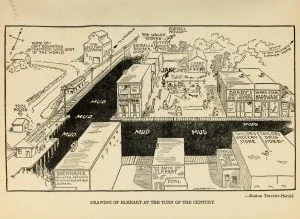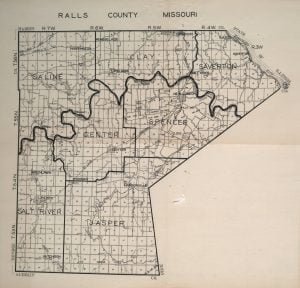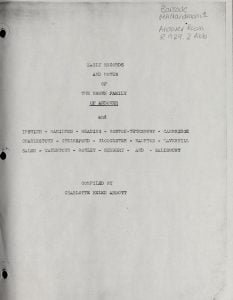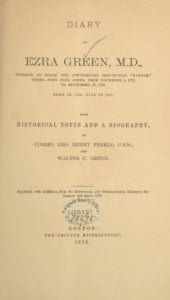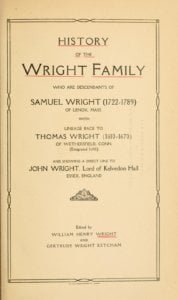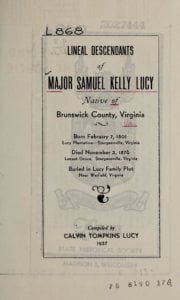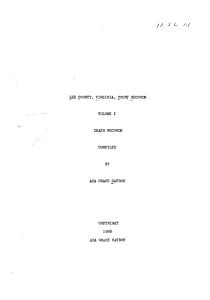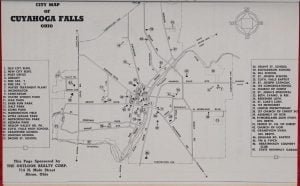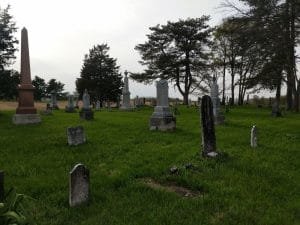Elkhart Centennial, 1855-1955
The village of Elkhart City, nestled on the western slope of a long wooded hill in the heart of Illinois, celebrated its centennial anniversary in 1955. This book, “The Village of Elkhart City, Elkhart, Illinois, Centennial History, 1855-1955,” is a comprehensive chronicle of the village’s first hundred years, compiled and written by the Elkhart, Illinois Centennial Book Committee and published by Feldman’s Print Shop in Lincoln, Illinois.

